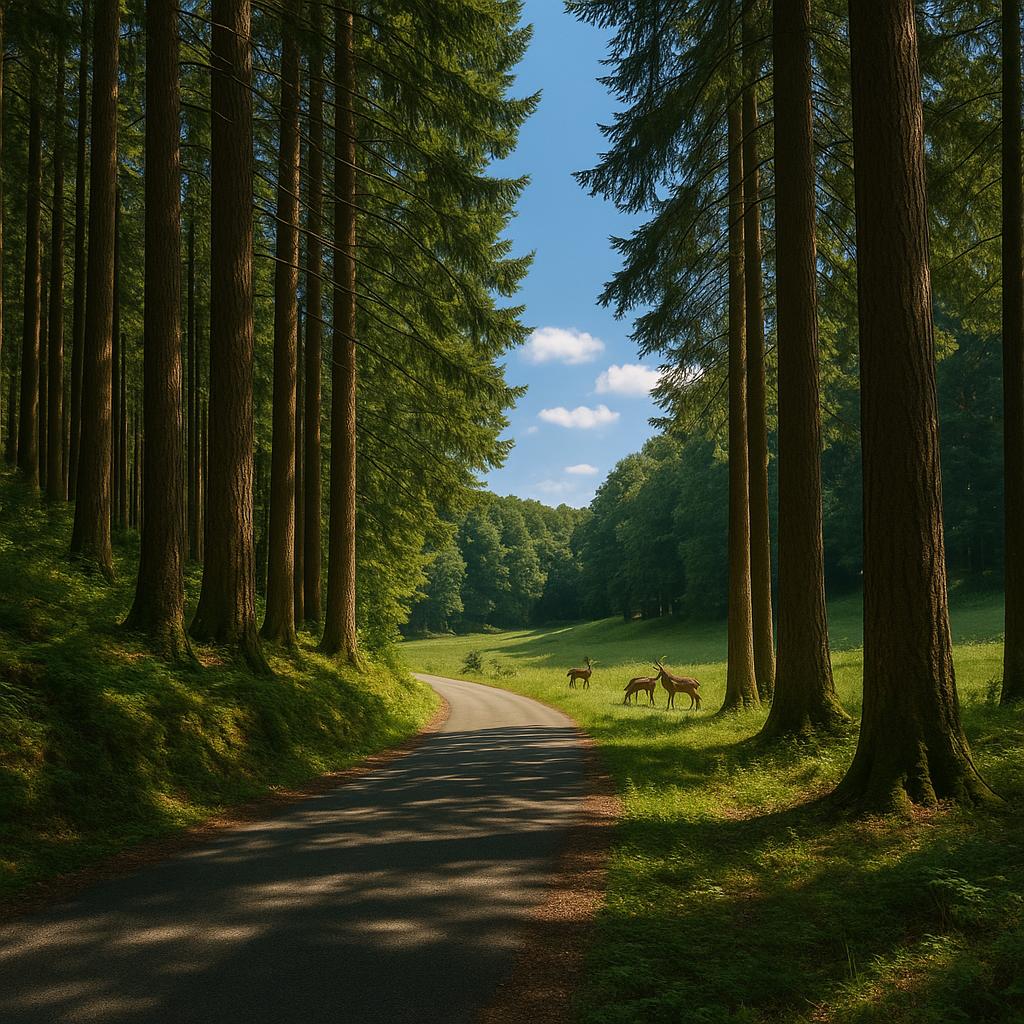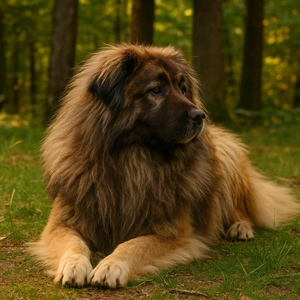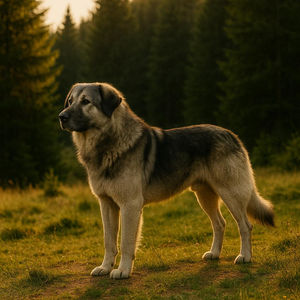
The Forgotten Riola in Pistoia Mountains: Part 1
In travelling along this road, one discovers places, woods and landscapes of unique beauty. Going up from Pistoia, in summer, as soon as the woods begin, you find yourself immersed in lush nature.
The sultriness of the city gives way to a delightful temperature that entices one to walk on the paths through the woods. Continuing towards the Acquerino forest, one encounters various types of woodland, first oak, then beech and chestnut.
At the beginning of the last century, the Douglas fir was planted in the area, similar to our firs but which grows much faster and has very deep roots that prevent landslides.
These forests are spectacular, dark, with almost no undergrowth at all and very tall trunks reaching straight for the sky.
Continuing on before reaching the village of Monachino, one can find beautiful fir trees and meadow or pasture clearings where it is not difficult to see herds of deer grazing peacefully. The area is called the Acquerino Cantagallo nature reserve, and is a protected area of the Tuscan region.
In addition to deer, this area is also home to other animal species such as roe deer, wild boar, foxes, squirrels and porcupines, as well as many bird species such as cuckoos, buzzards, nuthatches, chaffinches and even reptile species such as the viper or orbettino.
In the Limentra stream, free of all pollution, you can also find freshwater crayfish, which have almost disappeared from our streams. Even the wolf, which is not easy to see, has returned to these places after decades of absence, probably attracted by the strong presence of wild boars.
There are several very comfortable paths for excursions or trekking, paths without particular difficulties, suitable also for the elderly and children in which to walk peacefully through the woods enjoying nature in all seasons. Particularly suitable in summer for the coolness it offers, but also beautiful in winter, especially with snow.
Continuing along this route, one begins to find small villages, the first of which is Monachino, where the church is the building one encounters first, and then there is the little village, which unfortunately in winter is completely deserted, with the exception of the tavern, which is open on Saturdays and Sundays.
In summer, it is a very cosy little village with all its open houses and plants in bloom at every window, courtyards, little gardens. And unfortunately this is the trend in these small villages in the Limentra valley, not only here, but also in many other areas of the Tuscan-Emilian Apennines.
The population decreases in number from year to year and often only the old remain. Young people go down to the cities in the valley in search of work. There is nothing in these mountains and even the activities that there were in these valleys have been closed.
For example, in Lentula, there used to be a bottling plant for mineral water called ‘Lentula’, which employed about twenty people from the village and neighbouring towns. Years ago, this activity was closed and it was a serious damage to the economy of these areas.
There are a few restaurants left, but some have closed due to a lack of customers. Small food shops disappeared one by one and many people left. Some return to their old homes on weekends or for summer holidays.
For those few who have not left, all that is left is the cutting of wood, the harvesting of chestnuts and the production of chestnut flour, which is done, as in past centuries, by drying the chestnuts by fire for about 40 days in small drying rooms that are not hard to find in chestnut groves.
It would be really nice if these traditions were discovered by today's generations. In addition to the metato for chestnuts, someone, increasingly rare, still makes charcoal with the charcoal kilns, and especially at the end of the summer, one can see these large wood-burning pyres smoking, while inside, as the wood is consumed, the charcoal remains, which is then used for heating in the winter months.
Lately, some associations have started to propose walks on the Acquerino trails or trips to the mountains, to some refuge, but they are few and far between and are not much advertised.
Unfortunately, this area of the Tuscan-Emilian Apennines is little known and appreciated. The road to travel really does not invite one to visit these mountains. It is full of potholes and lacking in road markings, and can become truly dangerous in the case of fog, which is frequent in these areas in winter.
Maintenance has been absent for years, and if it is already dangerous in the summer due to overhangs, potholes and narrowing of the roadway, the difficulties increase disproportionately in the winter months due to the fog and cold that turns the roadway into a dangerous sheet of ice.












